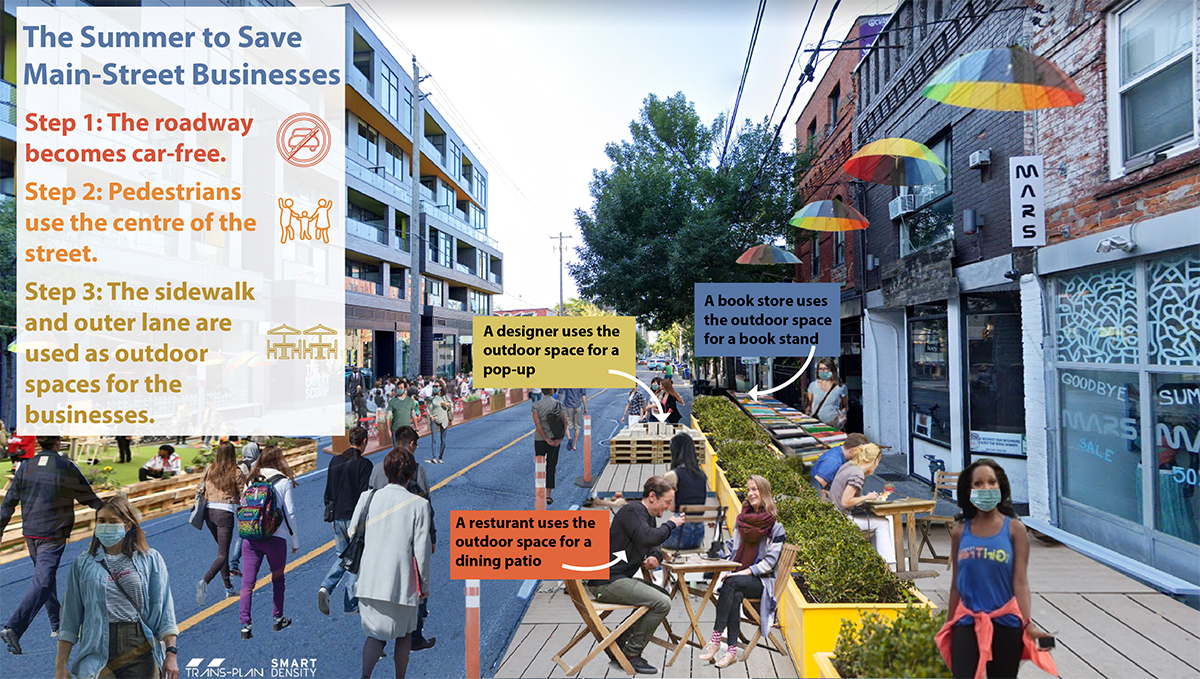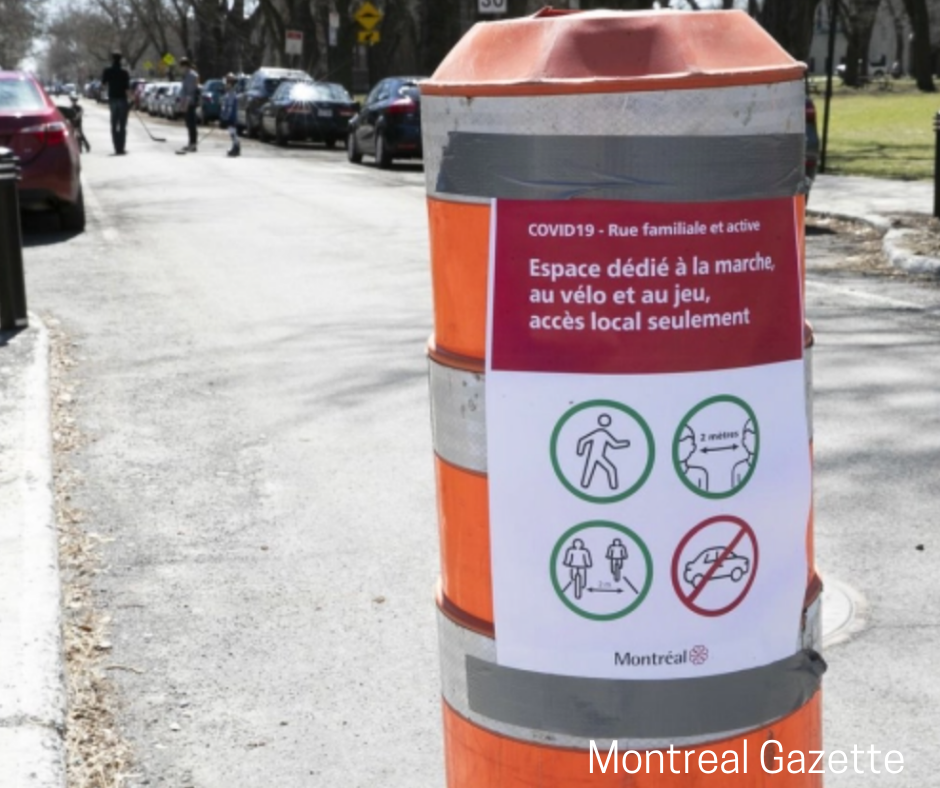As Ontario prepares to enter the second Provincial Emergency amid stay-at-home orders, many folks could use some positivity. Here are some lighthearted and fun projects that municipalities across Canada are undertaking to bring a smile to peoples’ faces.
City of Waterloo
The City of Waterloo, Ontario has launched The Community Happiness Project. The Community Happiness Project aims to connect community members by sharing messages of hope, positivity, welcoming, and connectivity from community members and hopefully you!
From January to mid-February, residents can submit audio messages and images through an online portal. These will be assembled into signage that will be posted throughout the city and can be accessed through QR codes on mobile devices. Audio messages collected from the community will reflect Waterloo’s caring spirit and can include stories, poems, and notes to combat the feelings of isolation that have grown throughout the COVID-19 pandemic.
Town of Blackfalds
The Town of Blackfalds, Alberta is continuing the Lunch Box Pandemic Response Program into 2021. The Blackfalds Food Bank has now settled into their new home in the old Community Services Department Shop, at 5014 Waghorn Street, there is plenty of room to accommodate donations to support the Blackfalds Food Bank needs and the Lunch Box program.
The Lunch Box Program started in March 2020 due to the pandemic and increased local families’ needs to provide food for their children. Initiated to provide school-aged children with healthy lunches and snacks for school, the program quickly changed when schools shut down and were then expanded to include any local family with children, of any age. This pandemic response program fed 3,877 children in 1,061 families from March through December of 2020.
City of Barrie
The City of Barrie, Ontario is running a fun, new contest to name the snowplows. Barrie has 12 snowplows that need names and is asking residents to come up with some creative and unique ideas.
Between now and January 22, 2021, Barrie residents are invited to submit their idea for a snowplow name for your chance to win a City of Barrie prize pack. The winning names will also be featured on the City’s Plow Tracker app and will be added to the snowplow machines for the 2021-22 winter season.
We love seeing municipalities coming together to enrich the lives of their citizens! We also love connecting municipalities with the businesses that provide the municipal goods and services that they need. Learn more at www.muniSERV.ca and join today.






















